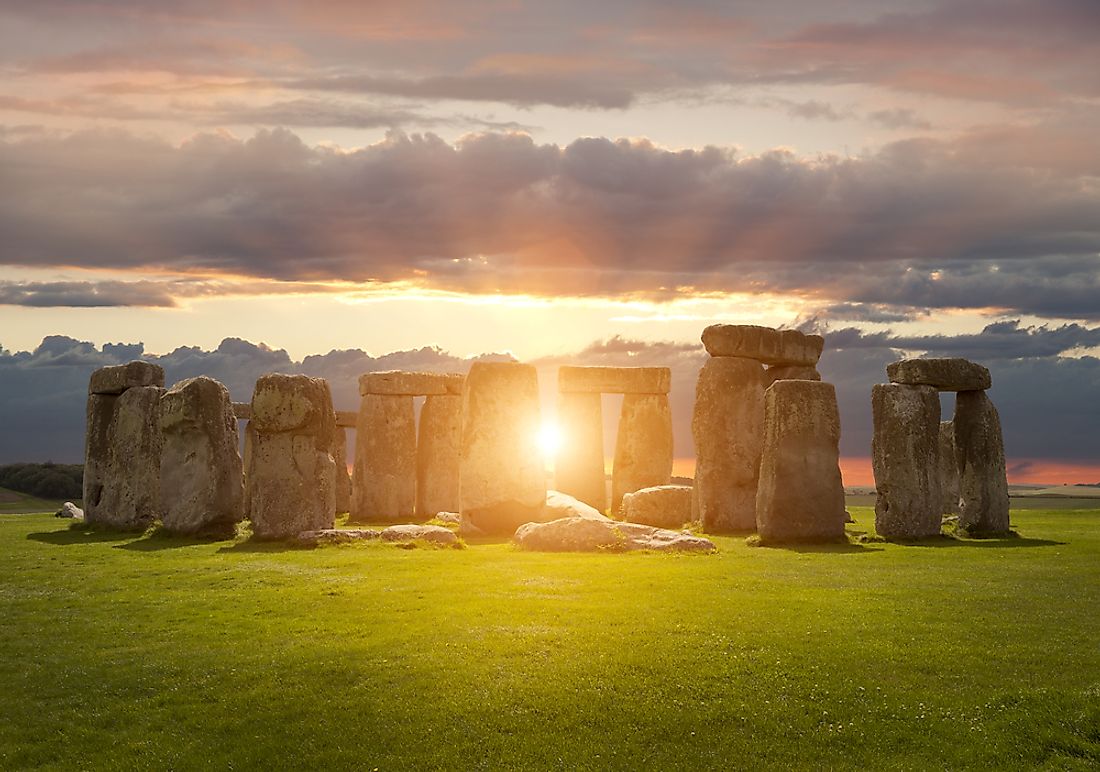What is the Summer Solstice?

The summer solstice occurs when the rotational axis of a planet tends to lean more towards the star around which it rotates, which can either be to the northern hemisphere or the southern hemisphere. The occurrence of summer solstice usually takes place biannually or once in each of the hemispheres. During this time, a view of the sun from the north or South Pole makes the sun appear as having reached its peak in the sky. Summer solstice takes place when half of the planet that is northern hemisphere and southern hemisphere experiences summer which is described as the hottest season falling between springs and autumn. In relation to the changes to the calendar, summer solstice can take place either in June in the northern hemisphere or December in the southern.
What Is Solstice?
Solstice was derived from Latin word ‘sol’ meaning ‘sun’ and ‘sistere’ which means ‘to stand still.’ Solstice, therefore, means ‘sun stands still’ which is what is experienced during the summer solstice when the days become longer with some polar regions experiencing continuous daylight for up to 17 hours. Various parts of the world explain the meaning of Solstice differently from one culture to another. However, most consider this event as a holiday which is marked with celebrations, a sequence of activities prescribed by various traditions, with the subject mostly revolving around religion or even fertility related rituals. Some parts of the world have interpreted summer solstice simply as a transition of seasons from spring to summer.
Occurrence Of Summer Solstice
The summer solstice marks the first day of the summer season. June solstice refers to the summer solstice in the northern hemisphere. When on a geographic pole of the planet where the body’s axis of rotation cuts into its surface, the sun will get to its peak at the time of the solstice. At that time it can be noon only on the area leaning in the direction of the sun which is not so for the other areas lying in the opposite direction of the sun when viewing from the pole. During the summer solstice day, daylights are always longer with Polar Regions experiencing continuous daylight which usually ranges from a number of days even close to six months. The occurrence coincided with the appearance of a full moon which is a rare phenomenon. On this particular day of summer solstice, the full moon appeared just as the sun was setting. In the year 2016, a unique kind of summer solstice was experienced after close to 70 years.
Significance Of Summer Solstice
The day on which summer solstice takes place is usually referred to as midsummer. Various cultures mark this day with different kinds of celebrations and rituals. However, the dates for the celebration differ from one culture to another. For instance, in the Northern European where this day is known as St John’s day, it is celebrated on the twenty-fourth day of June. The day begins an evening prior to the summer solstice, which is regarded as a crucial moment of celebration and is commemorated by several Christian religion sects. This day has its background of origin linked to the paganism. However, Christians associate it with the time of birth of John the Baptist.











